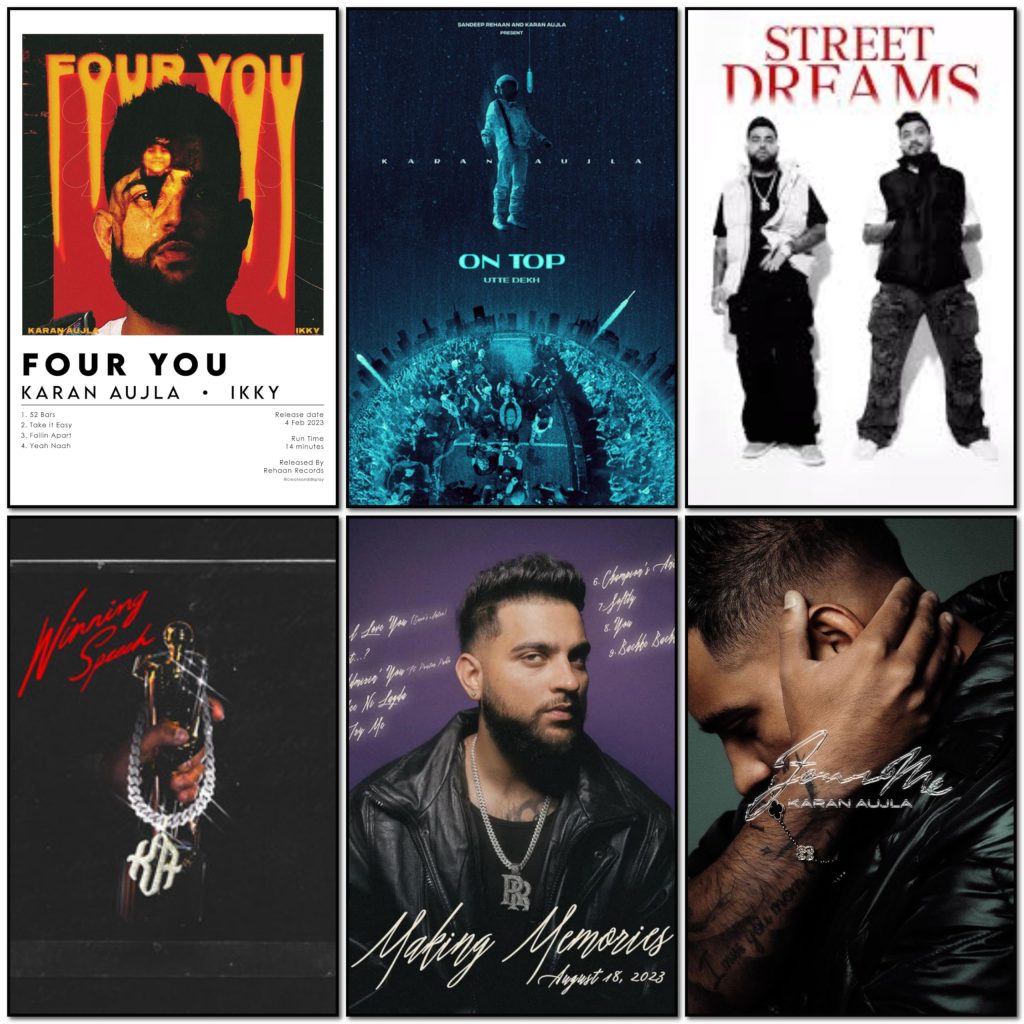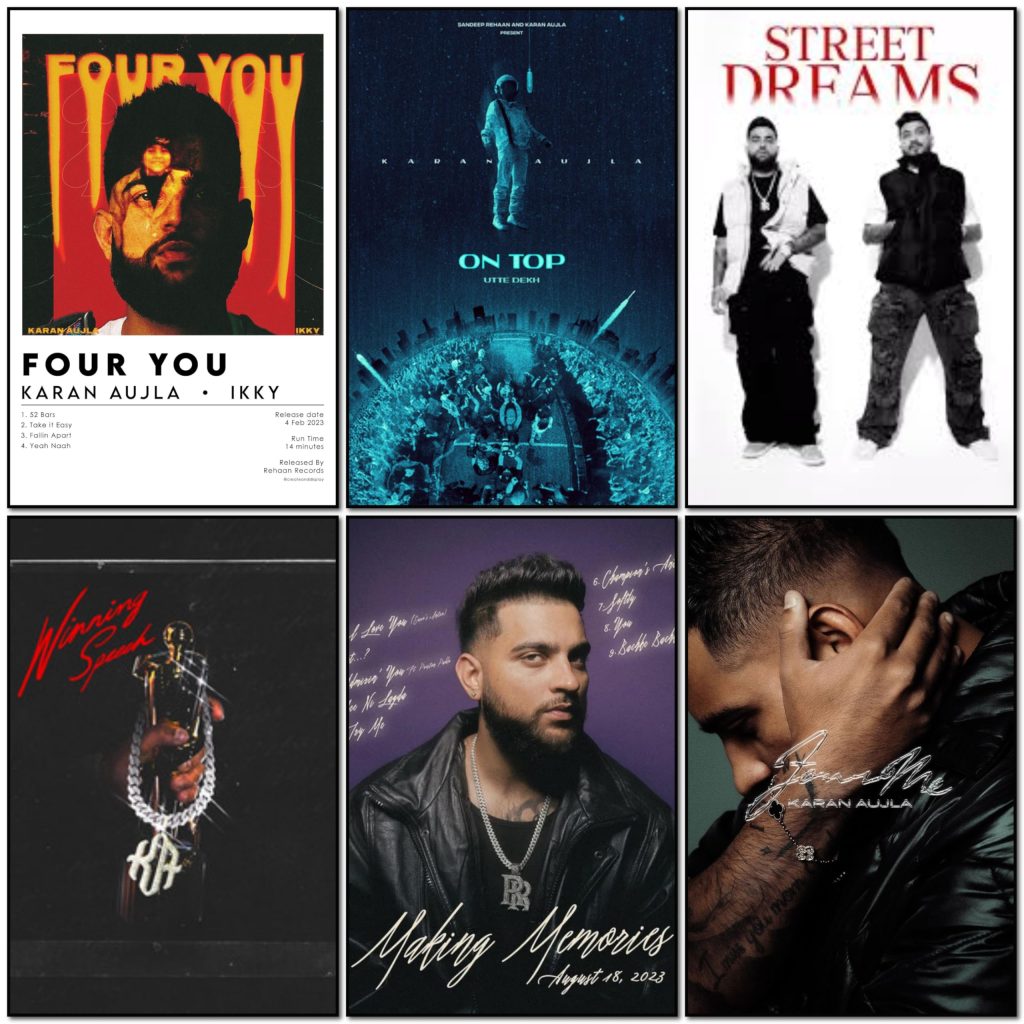MEN DRESS : The Evolution and Essentials of Men’s Dress: A 2000-Word Guide
Introduction
Men’s dress has always been a reflection of social, economic, and cultural contexts. From the robes of ancient civilizations to the MEN DRESS tailored suits of the modern professional, men’s fashion has undergone a significant transformation. While practicality often plays a major role, aesthetics, status, and personal expression have become increasingly important. Today, men have more choices than ever before when it comes to dressing well, whether for work, formal occasions, or casual events.
This article explores the evolution, components, and modern trends in men’s dress, offering a complete guide to building a stylish and functional wardrobe.
1. A Brief History of Men’s Fashion
Ancient to Medieval Periods
In ancient Egypt, men wore kilts made from linen, often adorned with jewelry and headdresses indicating their status. In Greece and Rome, tunics and togas were popular, serving both functional and social purposes. These garments allowed free movement and were suited for warm climates.
The medieval period saw the rise of more layered clothing. Tunics remained in fashion, but were often worn with hose or leggings. Nobility displayed wealth through rich fabrics like velvet and silk, as well as intricate embroidery.
Renaissance to 18th Century
Fashion became more elaborate during the Renaissance. Men wore doublets, hose, ruffled shirts, and cloaks, often tailored to flatter the figure. In the 17th and 18th centuries, powdered wigs, waistcoats, and knee-breeches became fashionable among European elites. This period highlighted opulence, with heavy use of embroidery, lace, and ornate accessories.
19th Century
The Industrial Revolution ushered in more practical clothing for the middle class. This era also introduced the modern suit. The frock coat, morning coat, and later the lounge suit became staples. Men began favoring dark, sober colors, emphasizing restraint and professionalism.
20th Century: Shifting Norms
The 20th century saw radical changes in men’s fashion. The early part of the century maintained formal styles, but post-WWII eras welcomed casual wear. Jeans, T-shirts, leather jackets, and sneakers became everyday essentials, influenced by pop culture and changing lifestyles.
The 1960s and 70s brought bold colors and patterns, while the 80s and 90s favored sharp suits and minimalist casuals. Men’s fashion became increasingly democratized, with designers and subcultures influencing trends.
2. Types of Men’s Dress
Formal Wear
1. Business Suits: Typically composed of a matching jacket and trousers, often paired with a dress shirt and tie. Common fabrics include wool, tweed, and gabardine.
2. Tuxedo (Black Tie): Reserved for formal evening events. Worn with a white dress shirt, black bow tie, cummerbund or waistcoat, and patent leather shoes.
3. Morning Dress: Traditional formal daytime attire, especially for weddings or formal occasions in Britain. Includes a tailcoat, waistcoat, striped trousers, and formal shirt.
4. White Tie: The most formal dress code. Includes a black dress coat, white bow tie, white waistcoat, and wing-collared shirt.
Semi-Formal and Business Casual
1. Blazer and Slacks: A versatile look combining a blazer (non-matching jacket) with dress trousers. Great for events where a full suit might be too much.
2. Dress Shirts with Chinos: Pairing a collared shirt with chinos or tailored trousers offers a smart yet relaxed appearance suitable for modern workplaces.
Casual Wear
1. T-Shirts and Jeans: A universal and timeless combo. Can be styled up or down with jackets or sneakers.
2. Polo Shirts: A step above a T-shirt, offering a polished casual look.
3. Casual Button-Downs: Including oxford shirts, chambray, and denim shirts – suitable for layering and versatile across seasons.
4. Shorts and Tees: Ideal for summer or relaxed environments. Tailored shorts elevate the outfit.
3. Wardrobe Essentials for Every Man
Building a strong wardrobe requires a mix of basics and key pieces that can be combined in multiple ways. Here are some foundational items every man should consider:
1. The Classic Suit
At least one well-fitted navy or charcoal suit is essential. It can be worn for job interviews, weddings, funerals, and other formal events. Tailoring is crucial – even an affordable suit can look premium if it fits well.
2. Dress Shirts
White and light blue dress shirts are timeless. They pair with suits or can be worn casually with jeans or chinos.
3. Blazers and Sports Coats
A blazer can transform a simple outfit into something refined. Navy or grey blazers are the most versatile.
4. Trousers
Chinos, dress trousers, and jeans offer variety. Neutral colors like khaki, navy, and black are easiest to match.
5. Casual Shirts
A selection of button-downs, polos, and T-shirts ensures readiness for casual settings or layered outfits.
6. Outerwear
Every man needs a few coats for different seasons:
- Trench Coat: Timeless and ideal for rain.
- Wool Overcoat: Perfect for winter over suits or casual wear.
- Denim or Bomber Jacket: Stylish casual options.
7. Footwear

- Oxfords/Derbies: Formal shoes for suits.
- Loafers: Ideal for business casual looks.
- Sneakers: White leather or minimalist sneakers go with almost everything.
- Boots: Chelsea or lace-up boots add rugged elegance.
8. Accessories
- Ties and Pocket Squares: Add personality to suits.
- Belts and Watches: Complete any outfit.
- Bags: A leather briefcase or backpack blends utility with style.
- Sunglasses: Classic styles like aviators or wayfarers never go out of style.
4. Understanding Fit and Fabric
The Importance of Fit
Fit is perhaps the most critical aspect of dressing well. No matter how expensive the clothes are, if they don’t fit right, they won’t look good.
- Shirts: Should hug the shoulders, not balloon at the waist.
- Trousers: Should taper at the ankle and not bunch up excessively.
- Suits: Jackets should contour the body, sleeves should show a bit of cuff, and trousers should break cleanly.
Fabric Matters
Choosing the right fabric can affect comfort, appearance, and durability.
- Cotton: Breathable and comfortable – used in shirts, chinos, and casual wear.
- Wool: Insulating and elegant – ideal for suits and winter coats.
- Linen: Lightweight and breathable – great for summer but wrinkles easily.
- Synthetic Blends: Often wrinkle-resistant but can be less breathable.
5. Seasonal Dressing
Spring/Summer
- Light colors (beige, white, pastels)
- Breathable fabrics (linen, cotton)
- Loafers, canvas sneakers, boat shoes
- Short-sleeved shirts, lightweight blazers
Fall/Winter
- Layering with sweaters, scarves, overcoats
- Darker tones (navy, burgundy, forest green)
- Wool suits, flannel shirts, heavy denim
- Boots and leather shoes
6. Cultural and Regional Influences
Fashion is often influenced by culture and geography. For instance:
- British Style: Known for tweed, tailored suits, and classic menswear.
- Italian Fashion: Emphasizes sleek, slim silhouettes, luxurious fabrics, and bold colors .
- American Style: Often casual and sporty, featuring jeans, polos, and varsity-inspired looks.
- Japanese Menswear: Focuses on minimalism, quality, and layering techniques.
- South Asian Fashion: In India and Pakistan, men also wear traditional attire like kurta-pajamas, sherwanis, and bandhgalas for formal occasions.
7. Trends in Modern Men’s Fashion
While the classics remain strong, modern trends also shape how men dress:
- Sustainable Fashion: Increasing interest in eco-friendly brands and materials.
- Athleisure: Combining athletic wear with casual fashion (e.g., joggers with blazers).
- Relaxed Fits: Oversized shirts and wide-leg trousers are gaining popularity.
- Gender-Neutral Styles: More designers are offering unisex or androgynous pieces.
- Techwear: Futuristic, functional clothing featuring waterproof materials and utility designs.MEN DRESS
8. Grooming and Presentation
Dressing well goes hand-in-hand with grooming. Well-kept hair, clean nails, and subtle fragrances contribuCCDressing well goes hand-in-hand with grooming. Well-kept hair, clean nails, and subtle fragrances contribuCte to the overall impression. A polished appearance requires attention to detail – not just clothing.Dressing well goes hand-in-hand with grooming. Well-kept hair, clean nails, and subtle fragrances contribuCte to the overall impression. A polished appearance requires attention to detail – not just clothing.Dressing well goes hand-in-hand with gro
te to the overall impression. A polished appearance requires attention to detail – not just clothing.
9. Common Style Mistakes to Avoid
- Wearing Ill-Fitting Clothes: Fit is always more important than brand.MEN DRESS MEN DRESSMEN DRESSMEN DRESSMEN DRESSMEN DRESSMEN DRESSMEN DRESSMEN DRESSMEN DRESSVMEN DRESSMEN DRESSMEN DRESSMEN DRESSMEN DRESSMEN DRESSMEN DRESSMEN DRESSMEN DRESSVMEN DRESSMEN DRESSMEN DRESSMEN DRESSMEN DRESSMEN DRESS
- Over-accessorizing: Simplicity is often more elegant.
- Ignoring Dress Codes: Always match the formality of the event.
- Neglecting Footwear: Shoes can make or break an outfit.
- Lack of Maintenance: Clothes should be clean, ironed, and free of wear.
Men’s dress has always been a reflection of social, economic, and cultural contexts. From the robes of ancient civilizations to the tailored suits of the modern professional, men’s fashion has undergone a significant transformation. While practicality often plays a major role, aesthetics, status, and personal expression have become increasingly important. Today, men have more choices than ever before when it comes to dressing well, whether for work, formal occasions, or casual events.
This article explores the evolution, components, and modern trends in men’s dress, offering a complete guide to building a stylish and functional wardrobe.Men’s dress has always been a reflection of social, economic, and cultural contexts. From the robes of ancient civilizations to the tailored suits of the modern professional, men’s fashion has undergone a significant transformation. While practicality often plays a major role, aesthetics, status, and personal expression have become increasingly important. Today, men have more choices than ever before when it comes to dressing well, whether for work, formal occasions, or casual events.
This article explores the evolution, components, and modern trends in men’s dress, offering a complete guide to building a stylish and functional wardrobe.Men’s dress has always been a reflection of social, economic, and cultural contexts. From the robes of ancient civilizations to the tailored suits of the modern professional, men’s fashion has undergone a significant transformation. While practicality often plays a major role, aesthetics, status, and personal expression have become increasingly important. Today, men have more choices than ever before when it comes to dressing well, whether for work, formal occasions, or casual events.
This article explores the evolution, components, and modern trends in men’s dress, offering a complete guide to building a stylish and functional wardrobe.Men’s dress has always been a reflection of social, economic, and cultural contexts. From the robes of ancient civilizations to the tailored suits of the modern professional, men’s fashion has undergone a significant transformation. While practicality often plays a major role, aesthetics, status, and personal expression have become increasingly important. Today, men have more choices than ever before when it comes to dressing well, whether for work, formal occasions, or casual events.

This article explores the evolution, components, and modern trends in men’s dress, offering a complete guide to building a stylish and functional wardrobe.Men’s dress has always been a reflection of social, economic, and cultural contexts. From the robes of ancient civilizations to the tailored suits of the modern professional, men’s fashion has undergone a significant transformation. While practicality often plays a major role, aesthetics, status, and personal expression have become increasingly important. Today, men have more choices than ever before when it comes to dressing well, whether for work, formal occasions, or casual events.
This article explores the evolution, components, and modern trends in men’s dress, offering a complete guide to building a stylish and functional wardrobe.VVMen’s dress has always been a reflection of social, economic, and cultural contexts. From the robes of ancient civilizations to the tailored suits of the modern professional, men’s fashion has undergone a significant transformation. While practicality often plays a major role, aesthetics, status, and personal expression have become increasingly important. Today, men have more choices than ever before when it comes to dressing well, whether for work, formal occasions, or casual events.
This article explores the evolution, components, and modern trends in men’s dress, offering a complete guide to building a stylish and functional wardrobe.Men’s dress has always been a reflection of social, economic, and cultural contexts. From the robes of ancient civilizations to the tailored suits of the modern professional, men’s fashion has undergone a significant transformation. While practicality often plays a major role, aesthetics, status, and personal expression have become increasingly important. Today, men have more choices than ever before when it comes to dressing well, whether for work, formal occasions, or casual events.
This article explores the evolution, components, and modern trends in men’s dress, offering a complete guide to building a stylish and functional wardrobe.Men’s dress has always been a reflection of social, economic, and cultural contexts. From the robes of ancient civilizations to the tailored suits of the modern professional, men’s fashion has undergone a significant transformation. While practicality often plays a major role, aesthetics, status, and personal expression have become increasingly important. Today, men have more choices than ever before when it comes to dressing well, whether for work, formal occasions, or casual events.
This article explores the evolution, components, and modern trends in men’s dress, offering a complete guide to building a stylish and functional wardrobe.Men’s dress has always been a reflection of social, economic, and cultural contexts. From the robes of ancient civilizations to the tailored suits of the modern professional, men’s fashion has undergone a significant transformation. While practicality often plays a major role, aesthetics, status, and personal expression have become increasingly important. Today, men have more choices than ever before when it comes to dressing well, whether for work, formal occasions, or casual events.
This article explores the evolution, components, and modern trends in men’s dress, offering a complete guide to building a stylish and functional wardrobe.Men’s dress has always been a reflection of social, economic, and cultural contexts. From the robes of ancient civilizations to the tailored suits of the modern professional, men’s fashion has undergone a significant transformation. While practicality often plays a major role, aesthetics, status, and personal expression have become increasingly important. Today, men have more choices than ever before when it comes to dressing well, whether for work, formal occasions, or casual events.
This article explores the evolution, components, and modern trends in men’s dress, offering a complete guide to building a stylish and functional wardrobe.Men’s dress has always been a reflection of social, economic, and cultural contexts. From the robes of ancient civilizations to the tailored suits of the modern professional, men’s fashion has undergone a significant transformation. While practicality often plays a major role, aesthetics, status, and personal expression have become increasingly important. Today, men have more choices than ever before when it comes to dressing well, whether for work, formal occasions, or casual events.
This article explores the evolution, components, and modern trends in men’s dress, offering a complete guide to building a stylish and functional wardrobe.Men’s dress has always been a reflection of social, economic, and cultural contexts. From the robes of ancient civilizations to the tailored suits of the modern professional, men’s fashion has undergone a significant transformation. While practicality often plays a major role, aesthetics, status, and personal expression have become increasingly important. Today, men have more choices than ever before when it comes to dressing well, whether for work, formal occasions, or casual events.
This article explores the evolution, components, and modern trends in men’s dress, offering a complete guide to building a stylish and functional wardrobe.Men’s dress has always been a reflection of social, economic, and cultural contexts. From the robes of ancient civilizations to the tailored suits of the modern professional, men’s fashion has undergone a significant transformation. While practicality often plays a major role, aesthetics, status, and personal expression have become increasingly important. Today, men have more choices than ever before when it comes to dressing well, whether for work, formal occasions, or casual events.
This article explores the evolution, components, and modern trends in men’s dress, offering a complete guide to building a stylish and functional wardrobe.Men’s dress has always been a reflection of social, economic, and cultural contexts. From the robes of ancient civilizations to the tailored suits of the modern professional, men’s fashion has undergone a significant transformation. While practicality often plays a major role, aesthetics, status, and personal expression have become increasingly important. Today, men have more choices than ever before when it comes to dressing well, whether for work, formal occasions, or casual events.
This article explores the evolution, components, and modern trends in men’s dress, offering a complete guide to building a stylish and functional wardrobe.Men’s dress has always been a reflection of social, economic, and cultural contexts. From the robes of ancient civilizations to the tailored suits of the modern professional, men’s fashion has undergone a significant transformation. While practicality often plays a major role, aesthetics, status, and personal expression have become increasingly important. Today, men have more choices than ever before when it comes to dressing well, whether for work, formal occasions, or casual events.
This article explores the evolution, components, and modern trends in men’s dress, offering a complete guide to building a stylish and functional wardrobe.

